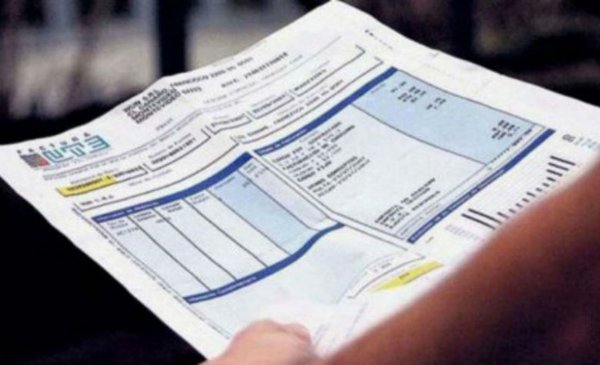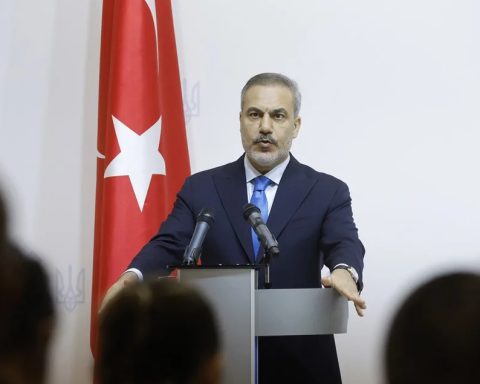There are two moments in which a large part of the Uruguayan households increase their electricity consumption: winter and summer. Some more, others less, in those months the amount to be paid in the UTE bill is usually higher compared to other times of the year. And sometimes that account also becomes an unpleasant surprise for families’ pockets.
Apart from that it is possible to make efficient use of electrical energy without neglecting the comfort of the home, UTE evaluates a new product that can contribute to improve the planning of the home economy. The entity is designing a fixed electricity rate that would give the possibility of paying a fixed amount per month.
How would it work in practice? The average consumption of the last 12 months of each client is taken and the monthly amount to be paid over a year is calculated. Then, at the end of that period of time, the calculation is compared with the actual consumption.
If a difference corresponds, it is adjusted on the amount to be paid the following year. That is, if less than the energy used was paid, the difference is paid. This could be, for example, spread over new invoices. And if more than what was spent was paid, the credit balance is credited to the customer’s account.
In this way, a residential customer would pay a fixed and personalized monthly amount.
On Friday, the president of UTE, Silvia Emaldi, said that the issue is under study and that adherence to this rate would be voluntary, as is, for example, the adherence to the intelligent Double Time rate. Emaldi spoke – without going into details – about a “flat rate” based on the consumption history of each client and “without increases” in the months where there is more intensive use of heating and cooling equipment in homes.
Fixed monthly rate: advantages and disadvantages
This billing alternative already exists in other parts of the world and is intended to main advantage is knowing in advance how much you have to pay at the end of the month. That way she looks attractive. But also may have drawbacks and play against if consumption is neglected and is not controlled, because the following year you could have to bear a higher bill.
To know if it is convenient to make use of this option, we will have to wait to know in detail its characteristics and technical specifications. UTE is completing an opinion poll among some of its clients asking them, among other things, if they would be interested in having a fixed rate throughout the year.
As it is a new rate, it is feasible that if it is approved to implement it, it will happen at the beginning of next year, when the new one comes into force. rate sheet. The specifications are updated in January of each year with the prices approved by the company with the endorsement of the Executive Branch for each of its rates. That is another aspect that the entity must define before the end of the year.
Emaldi affirmed on Friday that next month they will begin to analyze “the big numbers of the company” and the financial program for 2023. The last adjustment resolved last December was 3.5% on average and the correction stood at 50% of the inflation projected by institutions and analysts for 2022, which at that time was around 7%. Today it is estimated that inflation will close the year at around 9%.
current options
The Residential rate which is the one that most households have contracted (around 900 thousand services) is currently the most expensive, and has different prices according to the consumption band. The charge for consumption from 1 kWh to 100 kWh per month is $6,196 per kWh, a second tier from 101 kWh to 600 kWh per month is $7,766 per kWh, and a third tier from 601 kWh and above is $9,684 per month. kWh.
Within the current offer, there is also the rate Residential Double Hours that today has about 210 thousand users. This rate, which was recently redesigned, divides the day into two time slots, with different values for energy prices. During peak hours (there are four consecutive hours at the customer’s choice between 5:00 p.m. and 11:00 p.m. from Monday to Friday) it is more expensive ($ 10.35 per kWh)
And in off-peak hours, the price is significantly cheaper ($ 4,147 per kWh). This includes 20 hours on weekdays, and the entire day on weekends and holidays). The rate has a fixed monthly charge of $431.5 and $74 for contracted power, according to current values.
















